Vision
Optimize quality, maximize productivity and minimize losses through quality inspection and code identification with vision systems (systems based on image processing).
01
QUALITY INSPECTION WITH VISION SYSTEMS

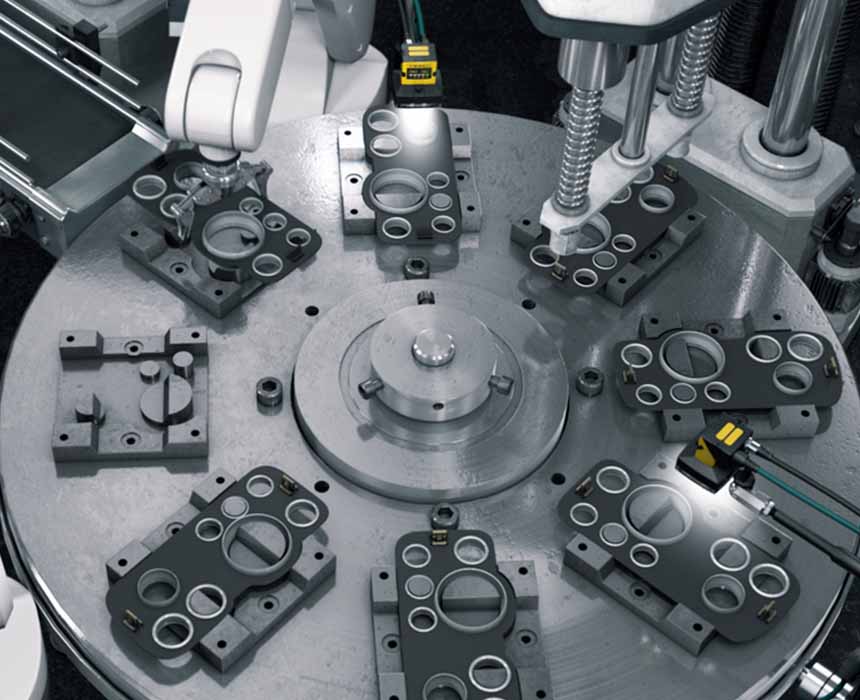

Inspection of defects
An automatic vision system for inspection detects defects, contaminants, functional defects and other irregularities in manufactured products.
Most automatic vision systems have software programs that perform different types of inspections and allow you to perform several inspections from the captured images.
Assembly Verification
Automated vision systems can also inspect products for component completeness, such as ensuring a match between product and packaging, checking seals, caps and safety rings on bottles, etc.
Applications: on-line verification of components before and after assembly in automotive, etc.


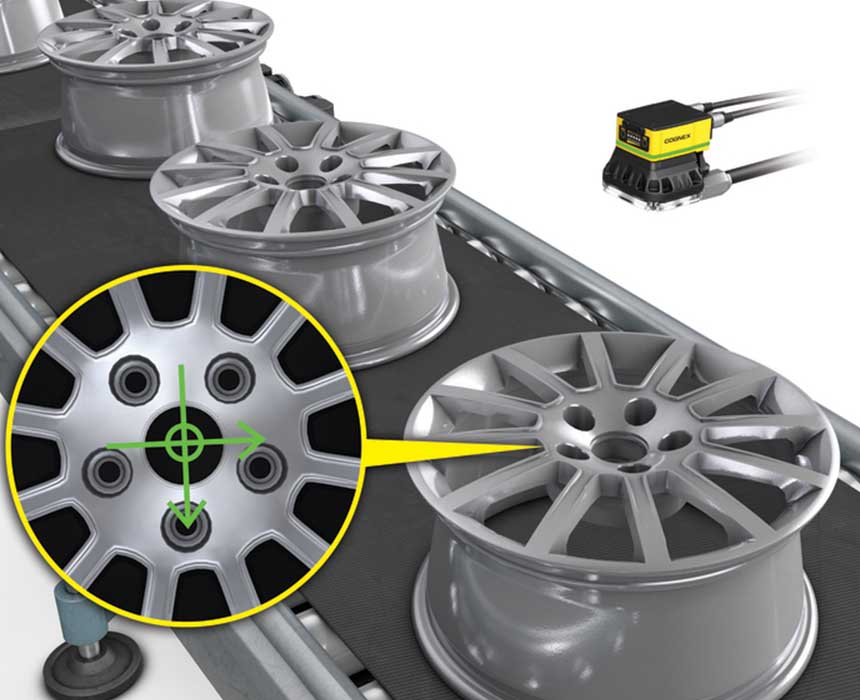
Gauging
Gauging, the product quality inspection by measuring the distance between 2 or more points or geometric locations on an object and thus determining if these measurements meet the specifications.
Since many automatic vision systems can measure the characteristics of objects down to 0.0254 millimeters, they address a large number of applications.
Coding and markings inspection
Checking the presence and integrity of labels and markings as well as their quality. Incorrectly applied, illegible codes can generate lost time by stopping production lines for re-applying codes, costly reprints, wasted products or even product returns.
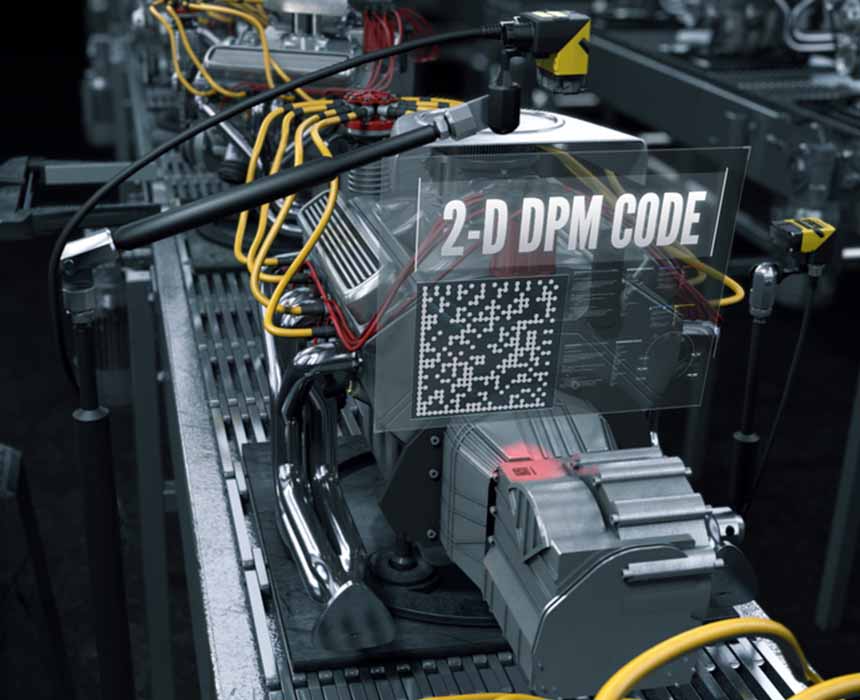
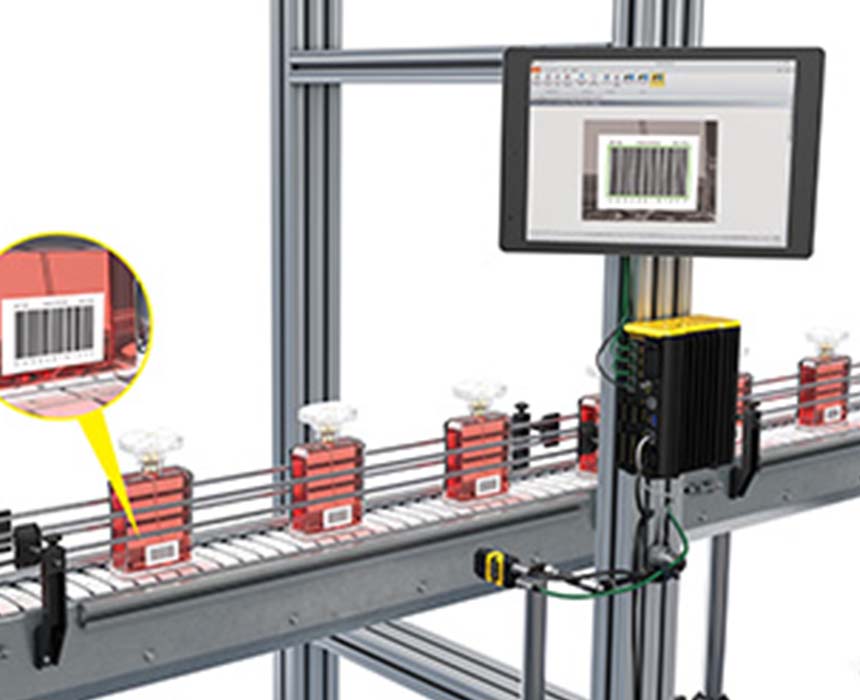
02
VISION AUTO ID
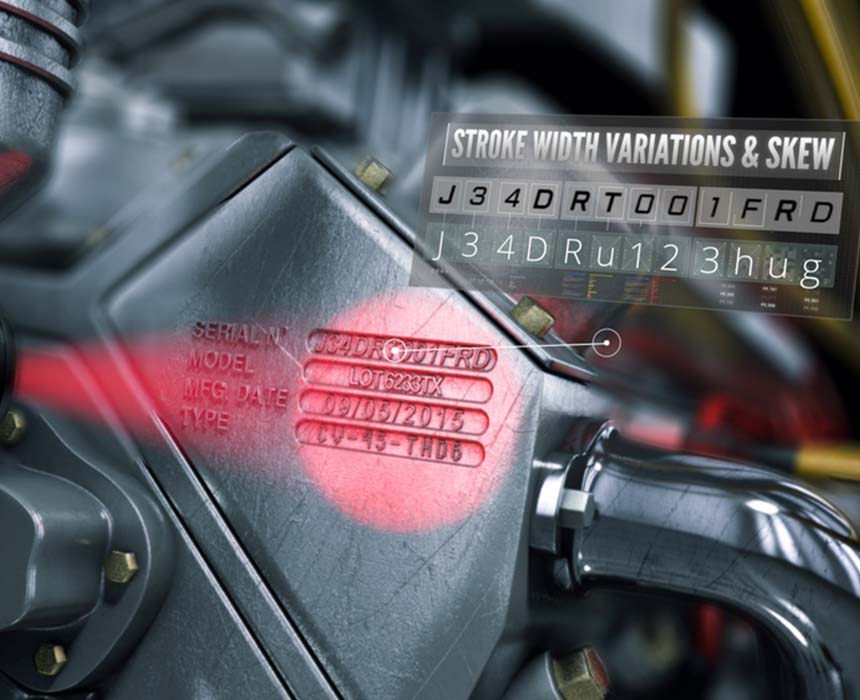



Identification
An automatic vision system for the identification and recognition of parts reads barcodes (1D), Data Matrix codes (2D), direct part marks (DPM) and the characters printed on parts, labels and packages.
An optical character recognition system (OCR) reads alphanumeric characters without prior knowledge, while an optical character verification system (OCV) confirms the presence of a character string.
In addition, automated vision systems can identify parts by locating a unique pattern or by identifying items based on color, shape or size.
Barcode verification
Barcode verification is the process of scoring the quality of 1D, 2D codes and direct part marking (DPM). An increasing number of industries require barcode verification. Barcode verifiers provide guidance to create codes that meet minimum quality standards.
Cognex barcode verifiers use high-quality optics, advanced algorithms and simple software to demonstrate compliance with industry standards.
03
ROBOT GUIDANCE WITH VISION SYSTEMS
Ghidare roboti
Guidance can be used to raport the location and orientation of a part in 2D or 3D space to a robot or equipment controller, allowing the robot to locate the part or, the equipment to align the part. Vision guidance gives you much higher speed and accuracy than manual positioning in applications such as arranging on or off pallets, packing from a conveyor belt, finding and aligning parts for assembly with other components, placing parts on a work shelf or removing the parts from the bins.
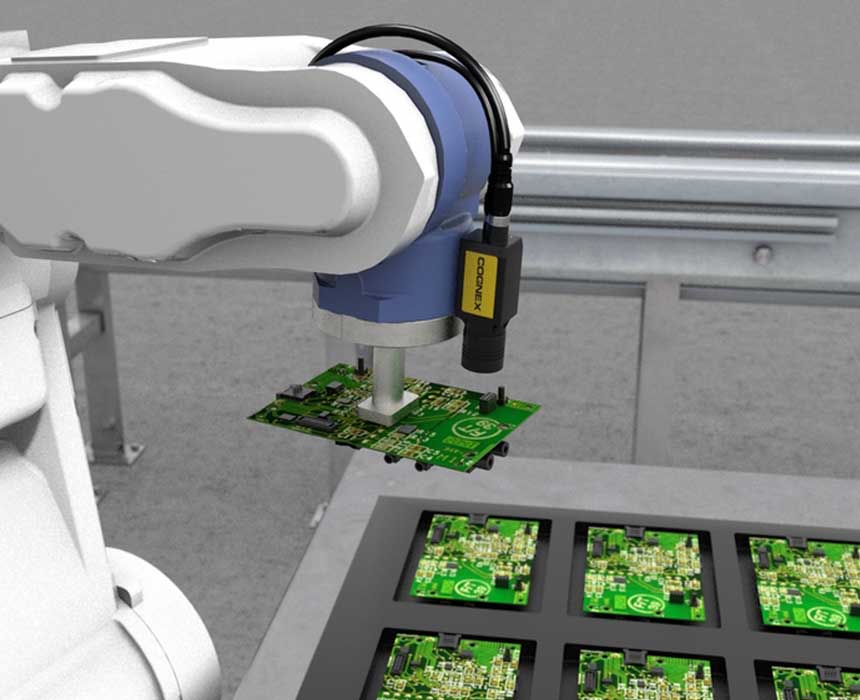
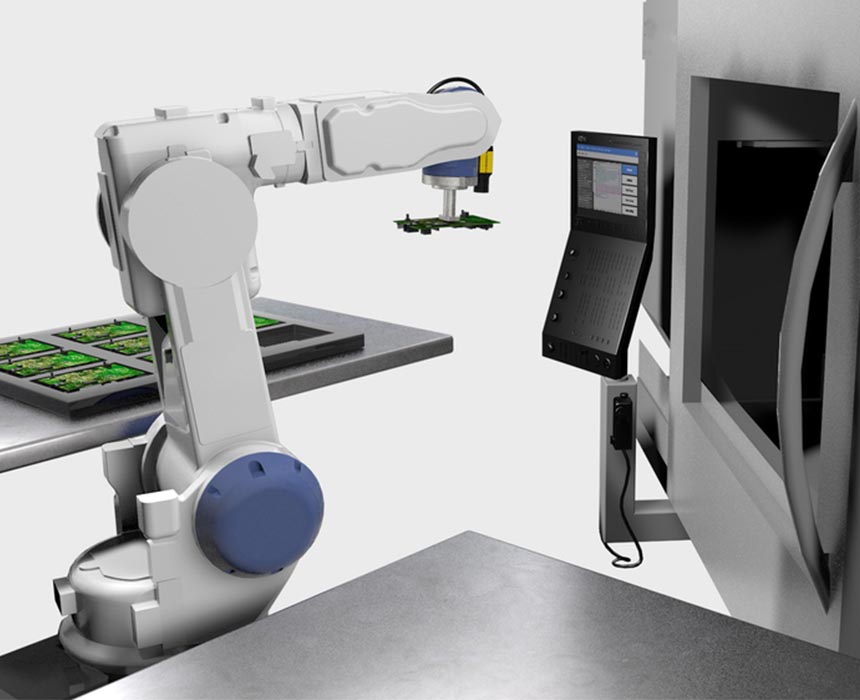
04
LIGHTS FOR VISION SYSTEMS
Vision System Lights
Lighting selection and configuration plays a critical role in the success of a machine vision application. Vision systems rely on specific types of lighting to optimize contrast or highlight a specific feature of interest. Developing an efficient lighting system can be a difficult task, requiring the testing of several types of lights and cameras.

WE LIKE CHALLENGES
Regardless of whether we are talking about the automation of basic processes or you need something completely customized, we provide you with solutions for challenges of any kind.
Fill out the form below with your requirements and we will contact you to discuss the right solution.
You can also use the contact details below



